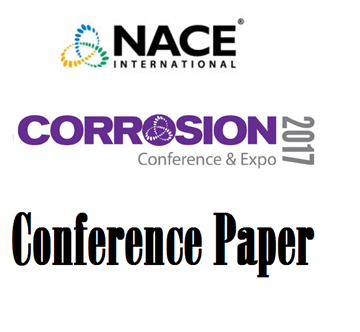Search
00827 CREVICE CORROSION BEHAVIOR OF COATED STAINLESS STEEL IN NATURAL SEAWATER
Also Purchased
Crevice Corrosion Performance of High Grade Stainless Steels and Ni-Based Alloys in Natural And Treated Seawater
Product Number:
51316-7196-SG
ISBN:
7196 2016 CP
Publication Date:
2016
$20.00
Crevice Corrosion of Stainless Steel in Tropical Seas
Product Number:
51317--9327-SG
ISBN:
9327 2017 CP
Publication Date:
2017
$20.00
00790 FIELD APPLICATION OF PERFORMANCE ENHANCING CHEMICALS TO METALLIZED ZINC ANODES
Product Number:
51300-00790-SG
ISBN:
00790 2000 CP
$20.00




